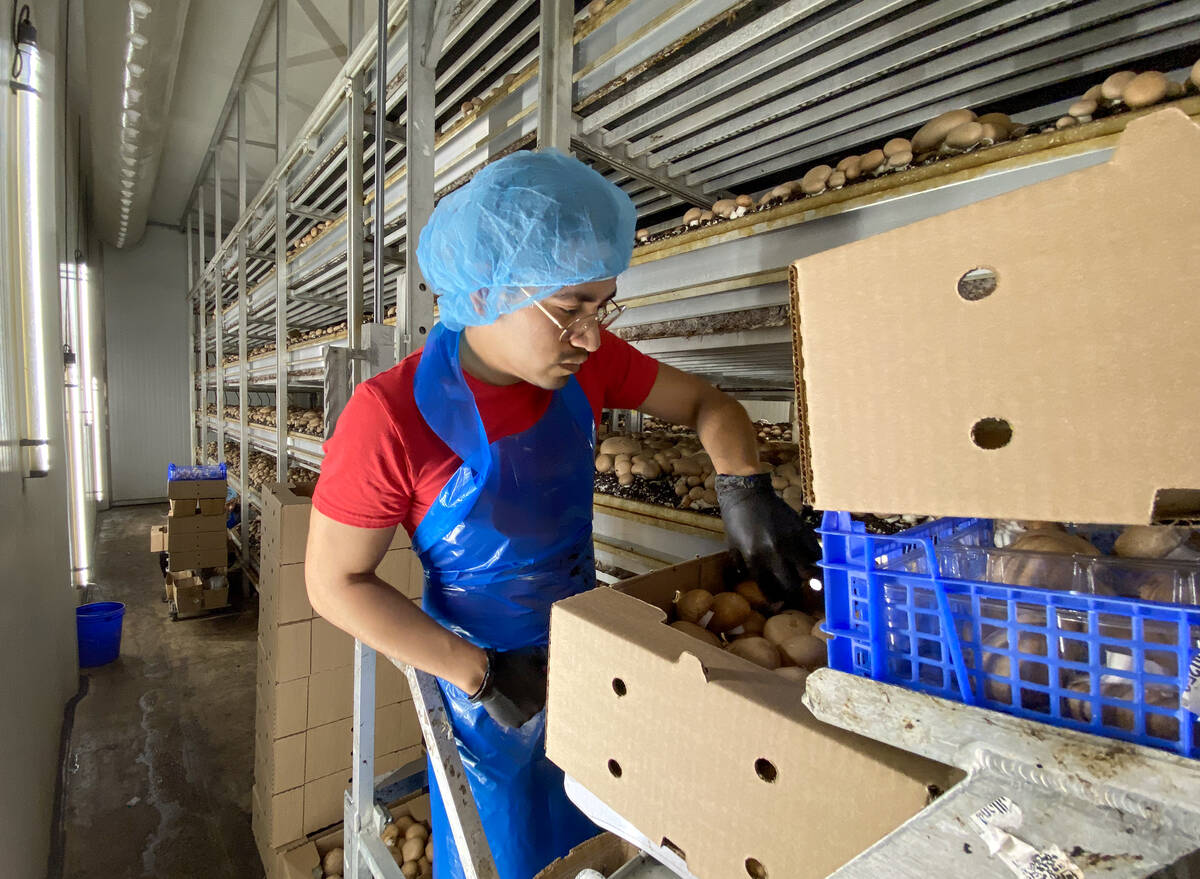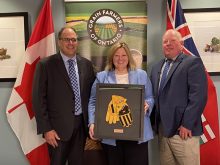Farm leaders say the ongoing review can’t simply reinforce the status quo and there needs to be more consideration given to recent American-driven trade battles, which pose barriers to implementing more effective programming.
Why it matters: Current federal BRMP programs continue to be scrutinized across commodities for providing inadequate coverage for farmers. Ideal programs would provide better safeguards against business realities beyond farmers’ control, and the current trade wars emanating from the United States has made the effectiveness of those programs more important than ever.
Read Also

Ontario’s other economic engine: agriculture and food
Ontario Federation of Agriculture president, Drew Spoelstra, says Ontario’s agriculture and agri-food sector should be recognized for its stability and economic driving force.
Markus Haerle, a corn, soybean, and wheat producer from eastern Ontario and chair of Grain Farmers of Ontario, says his organization is pleased with the industry engagement thus far displayed in the review process. But that engagement is set to cease once actual program decisions begin to be finalized, which he fears could fail to fix defects such as the current threshold of 70 per cent for AgriStability.
“The danger is [these decisions] will only be based on the bureaucratic level,” says Haerle. “The grain industry usually goes through long periods of low and high prices. It’s not significant enough to cover losses.”
Haerle also says trade volatility – made more acute in recent months by tariffs and counter tariffs imposed by the United States, China, and other countries – require risk management programs to be more nimble. His organization wants a contingency plan established to help farmers cover trade-associated losses; this also extends to further developing new markets (under the Trans-Pacific Partnership and other deals) as well as guaranteeing existing ones.
“BRMPs don’t cover shortfalls already, and tariffs are making things worse,” he said. “We are going to be relying more and more that the review process is going to be happening quickly […] We want to make sure they acknowledge the urgency.”
Haerle added that Grain Farmers of Ontario has recommended against making any drastic changes to current crop insurance programs, since they already work for farmers, and that his organization’s “Agri-Risk” project – which aims to bridge the AgriStability coverage gap through shared funding – could serve as a solution.
Shared perspective in non-SM livestock
Eric Schwindt, Waterloo-area hog farmer and chair of Ontario Pork, agrees those reviewing federal BRMPS need to take the current trade situation into account. Assistance during the current trade wars and other “unforeseen events” is critical, though he reiterates that commodity price fluctuations do not fall in that category. Hog farmers, he says can adapt to fluctuating prices, but there’s little they can do when it comes to long-term disputes generated by sudden political decisions.
Schwindt says the review should also be considering the substantial risks posed by disease in the livestock sector. Currently there are no “companion programs” to support losses from disease. Funding distributed during the last PED outbreak, for example, focused specifically on improving farm biosecurity. However, the negative impact of an outbreak can be that much more devastating.
This compounded with the 15 per cent reduction in AgriStability some years ago, as well as reductions in AgriInvest, makes the need for a crop insurance-like program for hogs that much more significant.
“The drop in AgriInvest doesn’t go very far, especially when we are losing $50 per hog like we will this winter, based on current futures,” says Schwindt. “We do not want entitlement programs. We want to make our profits from the marketplace.”
Richard Horne, manager of policy and issues for Beef Farmers of Ontario, also says an ideal BRMP program would consider the revenue uncertainty faced by beef producers.
“We don’t have production insurance,” he says. “Forage and hay is very important. Production insurance for that is not as good as insurance for traditional crops. [We would like to see] yield-based or improved coverage.”
Beef prices and input costs, he says, are based on the U.S. market, and the best option overall is a well-funded BRMP program. Because the state of government finances means a rise in funding is unlikely —and in some ways understandable — Horne adds an improvement in the fairness and effectiveness of current programs between different commodities is desirable.
“We [need it] timely, responsive, affordable for producers and government, and fair across all sectors,” he says.
The most important program for Ontario beef farmers currently is the provincial risk management program, and Horne says there might be potential to modify that program to suit federal and other provincial needs. An improvement in flexibility for provinces to develop and administer their own programs tailored to the unique challenges faced by their producers — such as the high land prices and more urbanized landscape in Ontario — could be very beneficial.
“Regional needs can be better addressed by tailoring programming to the needs of the regions. This is already happening with things like predator insurance,” says Horne.













